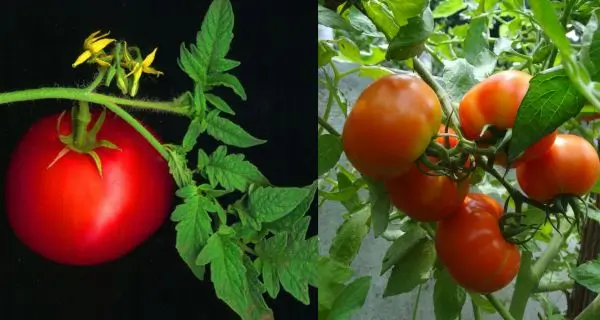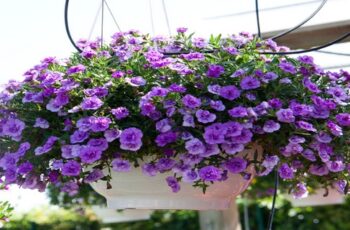Ad Blocker Detected
Our website is made possible by displaying online advertisements to our visitors. Please consider supporting us by disabling your ad blocker.
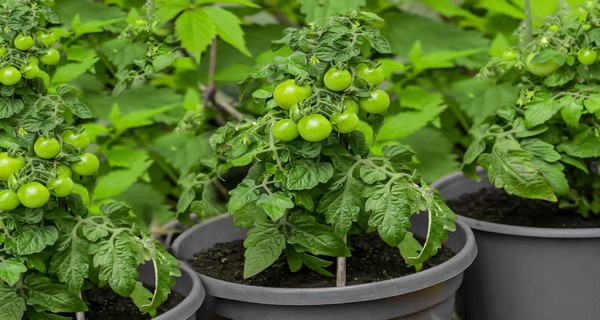
Raising your transplants from seed allows you to provide the early nurturing that seedlings require to mature into vigorous, high-yielding plants.
Although garden centers often offer a variety of tomato plants during spring, their upbringing and care history might remain unknown. What kind of soil were they raised in? Was it organic? Have they received fertilization or pest control treatments, and if so, what were they treated with?
Apart from these critical considerations, there’s also uncertainty about how these plants were tended to at the store. Were they consistently watered? Were they left exposed to cold nights, risking frost damage that could hinder their future growth and health?
Early Tomato Plant Care – How To Start Tomato Plants Indoors From Seed
Regrettably, a tomato plant’s early care profoundly influences its future growth. Inadequate water, nutrients, warmth, and light during its seedling stage can hinder its full development and maturity.
This underscores the value of cultivating your plants. By ensuring meticulous care right from the seedling phase, you establish the groundwork for substantial success. But the benefits extend beyond that initial care.
Beyond providing optimal care, growing your tomato plants from seeds grants you the freedom to cultivate any tomato variety you desire. Frequently, local stores offer only a limited selection of popular varieties, restricting access to the diverse array of exquisite heirloom options that could enrich both your garden and kitchen.
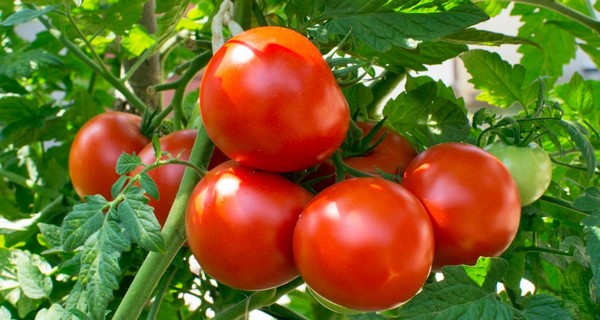
Raising tomato plants from seeds offers access to a plethora of delectable varieties seldom found in nearby greenhouses and nurseries.
More Advantages To Grow Your Plants From Seed…
What’s even more advantageous is that cultivating your plants from seeds can significantly reduce gardening expenses. Let’s be honest, buying tomato plants every spring can dent the budget, but seeds come at a much lower cost, especially when you conserve them for several years.
When stored appropriately, seeds from the same packet can yield exceptional results over multiple years. Moreover, with heirloom varieties, once you harvest, you can save seeds from your finest tomatoes, securing a fresh supply of seeds year after year—absolutely free of charge!
Here’s the best part—growing tomatoes from seed is incredibly straightforward. As outlined below, it doesn’t demand elaborate lighting or equipment. It’s not excessively time-consuming either. Following the three simple tips below, anyone can effortlessly initiate and nurture remarkable tomato seedlings at home!
How To Start Tomato Plants Indoors – 3 Simple Secrets To Success!
#1 – The Importance Of Great Seed Starting Soil
Similar to tomato plants, tomato seeds require optimal soil conditions to thrive. Planting seeds in subpar soil will likely yield disappointing results.
Rather than using garden soil, topsoil, or standard potting soil, it’s crucial to employ soil explicitly formulated for seed starting. Quality seed-starting soil possesses qualities such as lightness, aeration, excellent drainage, and a rich nutrient content essential for seed growth.
Seed-starting soil facilitates swift and easy germination of seeds. Furthermore, its loose texture enables roots to extend freely and rapidly. This loose composition is also advantageous as it allows excess water to drain away, preventing the risk of rot in delicate young seedlings. Affiliate Link:
Espoma Organic Seed Starter Premium Potting Soil Mix
Dense soil can impede root development and lack the necessary nutrients for rapid seed germination. Undoubtedly, optimal transplants begin with planting seeds in high-quality seed-starting soil.
Additionally, when discussing seed starting in soil, it’s advisable to utilize larger seed cells for cultivating your plants. While small cells may accommodate numerous plants, they significantly hinder early growth.
Opting for larger seed starting cells, around 2 to 3 inches wide and deep, rather than smaller 1-inch versions, can yield markedly superior outcomes. Larger cells facilitate greater root expansion and offer the added advantage of avoiding the need for multiple transplantations, which can temporarily stunt growth.
Affiliate Link: Seed Starter Trays 300 DEEP Extra Large Cells
#2 – Give Young Plants The “Right” Light – How To Start Tomato Plants Indoors From Seed
#3 – Fertilizing & Watering For Success – How To Start Tomato Plants Indoors From Seed
Ultimately, successful seedling growth hinges on providing the necessary water and nutrients to foster robust early development.
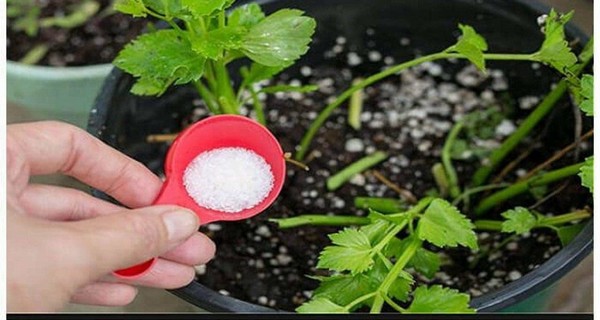
Nourishing young plants with a gentle yet consistent feeding regimen is pivotal for cultivating robust plants with sturdy root systems.
Among the most common mistakes made by gardeners raising plants from seed is neglecting to fertilize the young plants. Regularly fertilizing young seedlings with a light dose of liquid fertilizer every few weeks is essential for nurturing strong, thriving plants.
Once the plants have emerged and spent approximately 14 days above ground, it’s time to commence fertilization. However, the key lies in administering a light fertilization routine. A simple watering with compost tea or worm-casting tea every 10 days or so proves ideal, as these teas offer nutrients without risking damage to fragile seedlings but instead provide sufficient energy for robust growth.
An alternative approach involves using an all-purpose organic liquid fertilizer, but it should be diluted to about a quarter of its recommended strength for seedlings. This precaution prevents overwhelming young plants with excessive nutrients all at once.
Above all, consistently feed your plants every ten to fourteen days until planting day. This additional nourishment significantly contributes to producing sizable, healthy transplants that are well-prepared for the transition to the outdoor environment on planting day!
